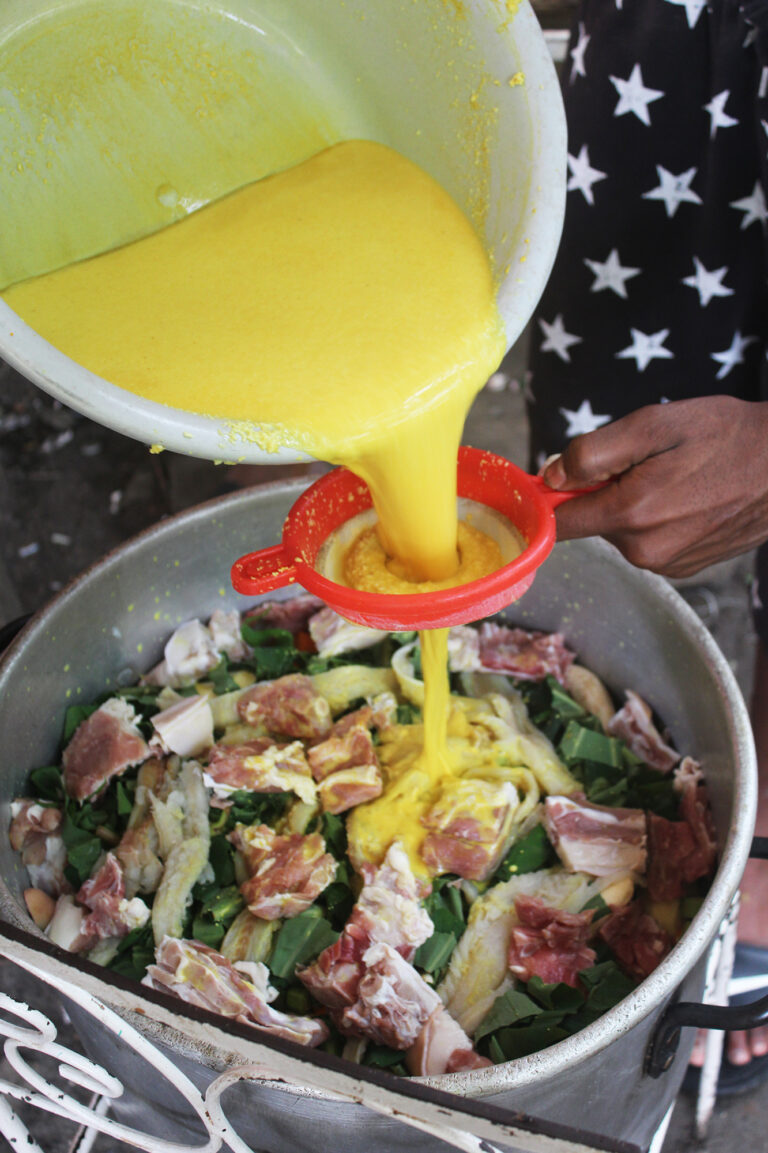Introduction: The Question of Grenadian Cuisine’s Influences
Grenada, a small island nation located in the Caribbean, is known for its beautiful beaches, scenic landscape, and diverse culture. Its cuisine, which is an essential component of its culture, has been shaped by a variety of influences over the years. Some say that Grenadian cuisine is a blend of African, European, and East Indian flavors, while others believe that it has a unique identity of its own. In this article, we will explore the question of whether Grenadian cuisine is influenced by other cultures.
A Brief History of Grenada and its Culinary Traditions
Grenada was first inhabited by the Arawak and Carib people, who had a significant impact on the island’s culinary traditions. They introduced farming techniques that allowed for the cultivation of indigenous crops such as cassava, yams, and corn. When the island was colonized by the Spanish in the 16th century, they brought with them their culinary traditions, which included rice, beans, and other staples. The French and British also had a significant influence on Grenadian cuisine during their respective occupations in the 18th and 19th centuries.
The African Influence on Grenadian Cuisine
The African influence on Grenadian cuisine is perhaps the most significant. The island was a major center of the transatlantic slave trade, and many Africans were brought to Grenada to work on the plantations. They brought with them their culinary traditions, which included the use of spices and herbs, such as nutmeg, cinnamon, and allspice. They also introduced the practice of cooking with coconut milk, which is a staple ingredient in many Grenadian dishes, such as callaloo and oil down.
The European Influence on Grenadian Cuisine
European influences on Grenadian cuisine are also significant. The French and British introduced new ingredients such as meat, cheese, and bread, which were not traditionally part of the island’s diet. They also brought with them their own culinary techniques, such as baking and roasting, which are still used today. Grenadians also adapted European dishes to suit their taste, such as the popular dish of macaroni pie, which is a Grenadian take on the Italian macaroni and cheese.
The East Indian Influence on Grenadian Cuisine
The East Indian influence on Grenadian cuisine is perhaps the most recent. In the late 19th and early 20th centuries, many East Indians were brought to the island as indentured laborers. They brought with them their culinary traditions, which included the use of spices such as curry, turmeric, and cumin. They also introduced new crops, such as mangoes, papayas, and chilies, which are now an essential part of Grenadian cuisine. Many of the island’s most popular dishes, such as roti and curry goat, have East Indian roots.
Conclusion: A Mosaic of Culinary Influences in Grenada
In conclusion, Grenadian cuisine is a reflection of the island’s diverse cultural heritage. The African, European, and East Indian influences have all contributed to the island’s unique culinary traditions, which are a blend of indigenous and imported ingredients and techniques. Grenadians have also adapted and innovated to create dishes that are uniquely Grenadian, such as the national dish of oil down. Whether enjoyed at a local restaurant or cooked at home, Grenadian cuisine is a delicious and fascinating part of the island’s culture.

